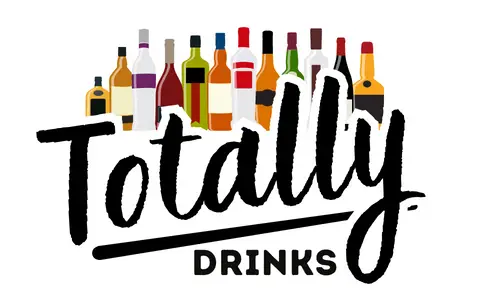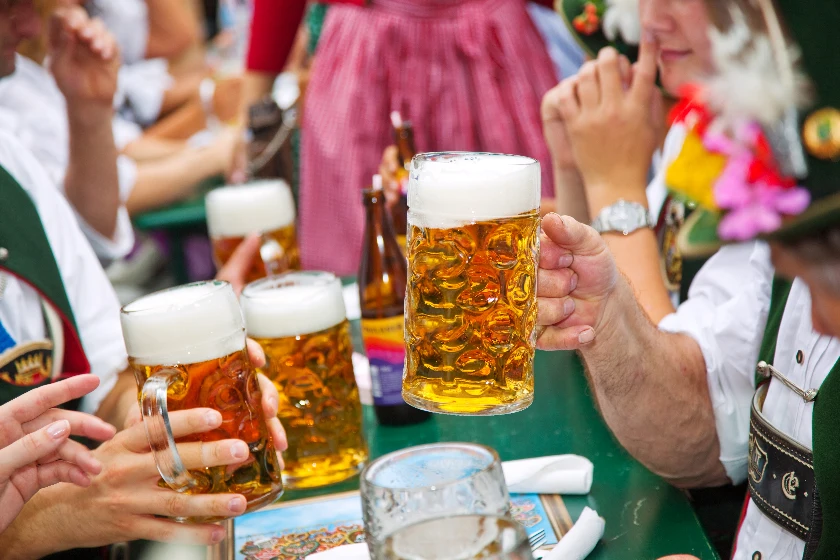
Beer is an integral part of many cultures around the world, and America and Europe have both played a crucial role in shaping the varieties we enjoy today. From light lagers to hoppy IPAs, these two continents have been home to some of the most beloved beers in the world. But you may be wondering what the differences are between American and European beer.
In general, European beers tend to be more diverse and deeply rooted in history and tradition, while the most drank American varieties are typically similar light lager-type beers. Recently U.S. craft beers that are more innovative and experimental have grown in popularity in many regions.
With thousands of varieties of ales and lagers available across both the USA and Europe, identifying the differences is no easy task. In this article, I’m going to do some digging to see how the more popular beers compare to give you a good starting point.
Main Differences Between European and American Beers
As a starting point, here are some of the main differences between American and European beers:
- Types: European beers tend to have a wider range of traditional styles, such as Belgian Trappist ales, German lagers, and British real ales. The most popular American beers are of course the well-known light lager style. However, an explosion of craft beers has led to varieties like IPAs, stouts, and sour beers becoming increasingly available.
- Strength: American beers generally have a lower alcohol content than European beers but it heavily depends on the style of beer. American beers often range from 3-9% ABV, while European beers typically range from 4-16% ABV.
- Hops: American craft beers are known for their strong hop flavors and aromas, while European beers tend to focus more on malt flavors.
- Carbonation: American beers are often fairly carbonated while European beers can differ from the highly carbonated German lagers to the fairly flat British brown ales. German and Czech beers often have a large foam head.
- Culture: Beer is deeply ingrained in European culture, with centuries of brewing traditions and local styles. In contrast, the modern American beer culture is more focused on innovation, experimentation, and pushing boundaries.
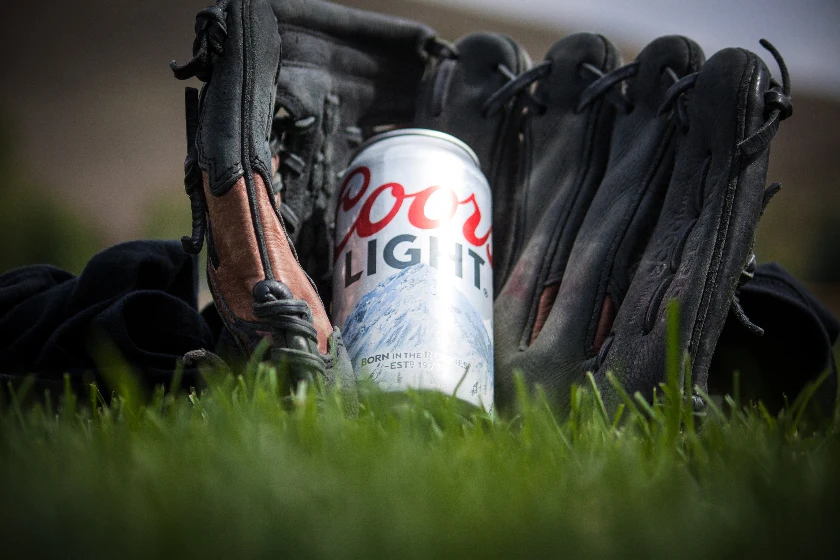
Types Of Beer
There are many different types of ales and lagers, often blurring styles, but here are some of the most popular varieties in Europe and the USA:
European Beer Varieties:
- German Lager: Crisp, clean, and refreshing beer made with bottom-fermenting yeast. Pilsner and Helles are good examples.
- Belgian Ale: Complex, fruity, and spicy beer made with top-fermenting yeast. Look out for Saison, Dubbel, and Tripel.
- British Ale: Malty and full-bodied beer made with top-fermenting yeast. Popular varieties include Pale Ale, Brown Ale, and Real Ale.
- Irish Stout: Dark, rich, and roasty beer made with top-fermenting yeast. Familiar brands include Guinness and Murphy’s.
- Czech Pilsner: Light and refreshing beer with a crisp bitterness and floral hop aroma.
Popular American Beer Varieties:
- American Lager: American pale lagers are light-bodied, highly carbonated beers that feature a delicate hop aroma and a crisp, clean taste such as Bud Light, Budweiser, Miller Lite, and Coors Light.
- American IPA: Hoppy and bitter beer with high alcohol content and strong hop aroma. Examples include West Coast IPA and New England IPA.
- American Pale Ale: Amber-colored, medium-strength, and hoppy beer that uses American hops to distinguish it from its British cousins. Sierra Nevada Pale Ale is a classic APA.
- American Stout: Dark, rich beer with a creamy texture and chocolate or coffee flavors. Imperial Stout and Milk Stout are great examples.
- Sour Beer: Tart and acidic beer which is made sour by adding wild bacteria and yeast strains. Traditionally made in Belgium, there are lots of small craft breweries in the USA now brewing sours.
These are just a few samples of the many types of beer available in both Europe and the USA. These days, especially with the boom of craft beers and the internet, it’s common to see small breweries make a style of beer from a different country e.g. a British brewery making a New England IPA or Helles lager.
- Related article: Are American Beers Popular In Other Countries? (And Where)
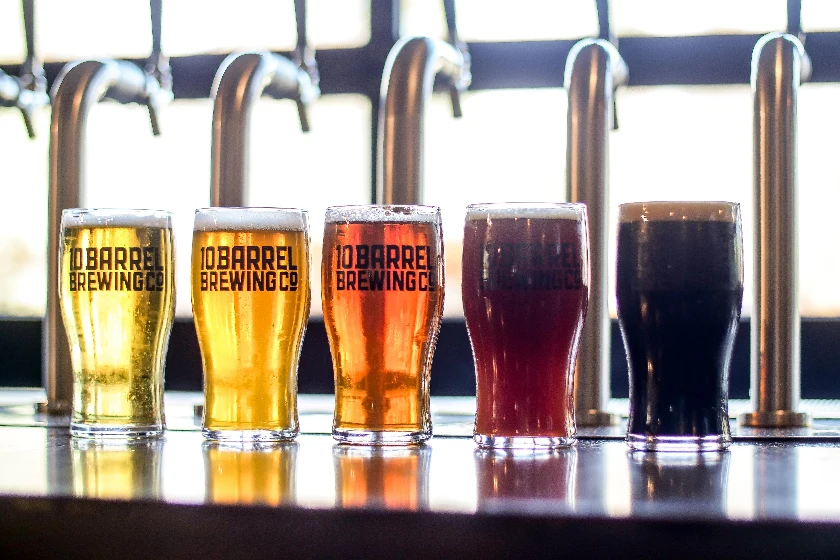
Mass Market Vs Craft Beers In Europe And USA
Mass-market beers are the ones that you will find in most supermarkets and convenience stores. They will always be the “most drunk beers” due to their scale, even if they aren’t the best.
Craft beers, on the other hand, are made in much smaller batches by independent breweries and focus on quality.
In Europe, mass-market beers are often traditional, large brands that have been around for centuries – light beers aren’t popular in Europe like they are in the USA.
In the USA, mass-market beers are often seen as of lesser quality in the beer world, as they focus on being light and refreshing rather than focusing on flavor.
But the USA has been a main driver in the craft beer boom that has taken over the world since the turn of the 21st century. It means they are now seen as a leader in this new era of beers and are still pushing the envelopes of new styles.
Craft beers are very popular in the UK which has often seen some of the English beers go full circle. Beer styles originating in England like pale ales and IPAs have been reshaped by America and are now back in UK cities – such as American Pale Ale and West Coast IPAs.
In Europe, there are deep traditions in beer and some of the styles are hard to break. Germany, Belgium, and the Czech Republic already have distinct styles which are popular. But American influenced “craft beers” are in the market now too.
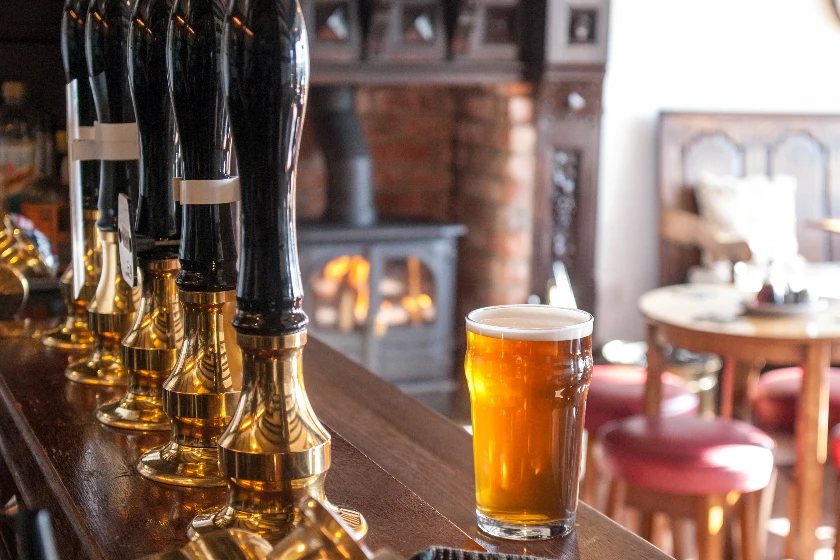
Alcohol Strength Differences
When it comes to alcohol content, there are some distinct differences between American and European beers. Mass-market American beers tend to have a lower ABV (alcohol by volume) than their European counterparts.
The average ABV for an American beer is around 4-5%, while the average ABV for a European beer is around 5-7%. This means that European beers generally contain more alcohol than American beers although there are exceptions of course.
In addition, the type of beer also affects the ABV. For example, German lagers tend to have an ABV of around 4-5%, while some American IPAs can range from 5-10%. So when comparing American and European beers, it’s important to take into account the type of beer as well as the region it comes from.
History Of European Vs American Beer And The Culture
In Europe, beer originated from ancient civilizations such as the Egyptians and Romans, who used it for rituals and offerings. On the other hand, American beer can trace its roots to colonists who introduced English-style ales and lagers to North America during the 17th century.
While European and American beers may have started out quite similar, they quickly evolved into distinct types of brews over time due to varying recipes and brewing techniques. The prohibition in America during the 1920s also helped shape the modern beers available here that are still very popular.
Many European countries have long-standing traditions surrounding their beers that continue to this day. For instance, Germany celebrates Oktoberfest every year with special beer festivals that draw thousands of visitors from around the world. Similarly, Belgium is known for its various Trappist ales – with some of them dating back hundreds of years.
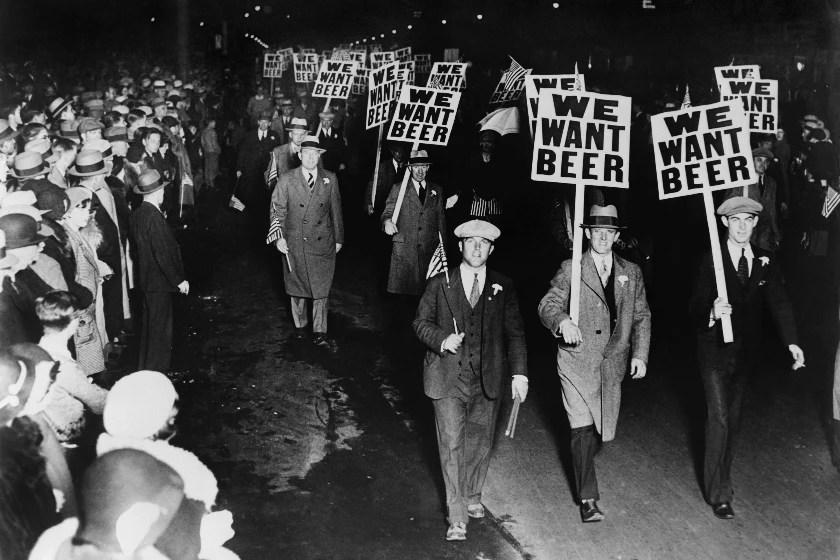
What Do Europeans Think Of American Beer?
Europeans and Americans have long enjoyed beer as part of their culture, but opinions on each other’s brews can vary widely.
Historically, Europeans tend to be more skeptical about American beers due to their low alcohol and light-tasting styles compared to European beers. Some also view American beer as simple or lacking in complexity.
But with the boom of craft beers, this isn’t such the case anymore, with so many beer styles now available in the USA and which influence other parts of the world.
On the other hand, Americans often appreciate European beer for its depth of flavor and higher ABVs – though some may find it too strong or bitter. Many European styles have influenced American beers, such as pale ales and pilsners.
Conclusion
So there you have it, a short journey through the differences between beers from America and Europe. I hope you’ve found my article useful and a good starting point in exploring the world of beer.
Generally speaking, it feels European beers have been in the spotlight for decades, if not centuries, but now American beers are taking their time to shine and revolutionize the market.
Why not explore the world of beer and sample some of the wonderful offerings available? From American IPAs to Belgian blondes, you’re sure to find something that satisfies your palate – no matter where it’s from.
